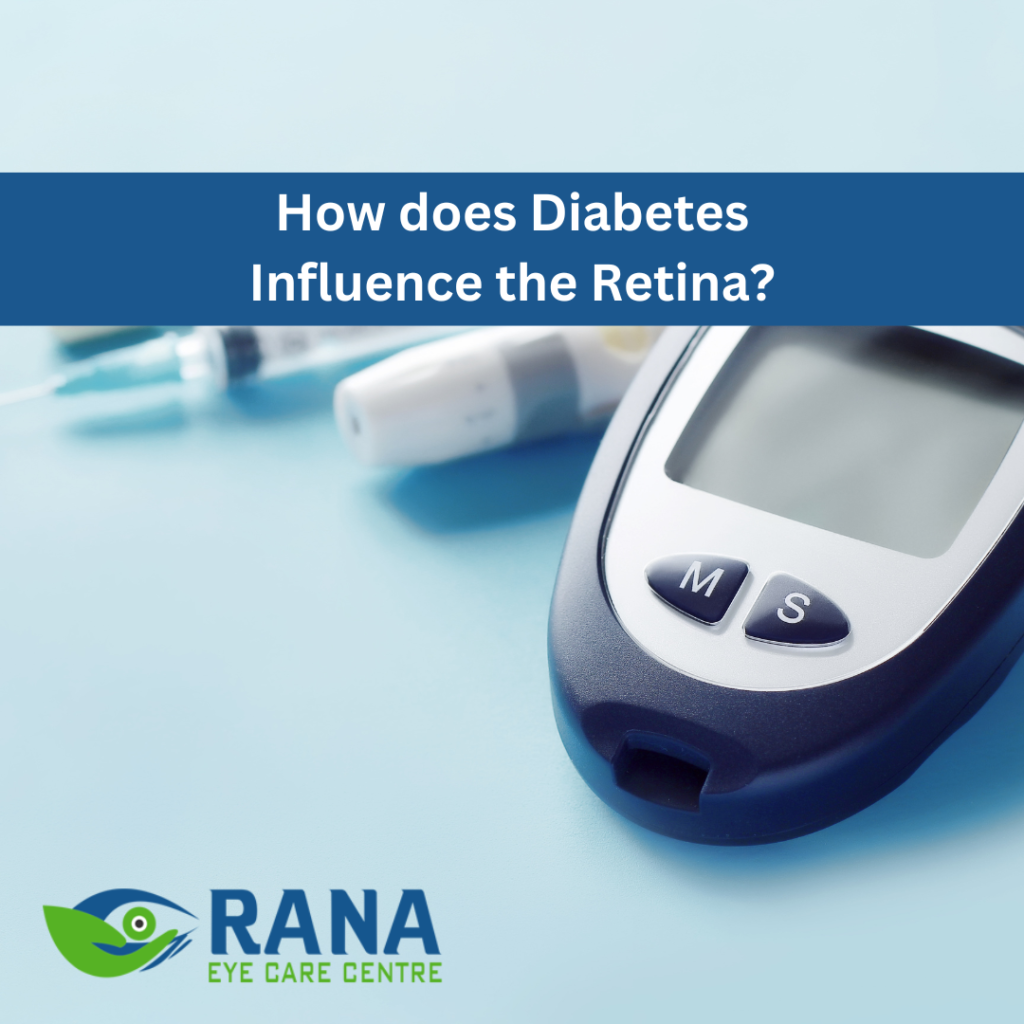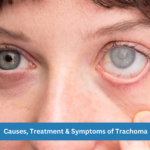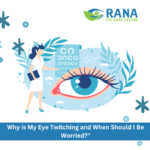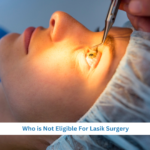How does Diabetes Influence the Retina?
One of the complications of diabetes that affects the retina, namely the entire concave part inside the eye, is known as diabetic retinopathy. This complication occurs after diabetes has developed over several years. Thus, the longer the duration of diabetes, the worse the glycemic control and the greater the risk of developing diabetic retinopathy.
How does diabetes affect the retina?
The entire retina is a highly vascularized area whose cells capture light and then transform it into an image. For it to be clear, it must appear on a sensitive part: the macula.
When you have diabetes, your blood sugar level increases, this increase may be due to the fact that our pancreas does not produce insulin, the hormone that allows sugar to enter the cell, (type 1 diabetes), or else to a resistance of the cells of our body. Insulin is produced, but the cells no longer allow sugar to enter (type 2 diabetes). In both cases, the sugar is neither stored nor used as fuel; it accumulates in the blood, which transports it throughout the body, in particular to the eye through the vessels of the retina.
If diabetes is not properly treated, this excess sugar becomes dangerous. Slowly attacked, certain small vessels of the retina become permeable, allowing fluid and fatty acids to pass through, which forms small edemas and cotton wool spots on the retina. Other small arteries are clogged, and parts upstream dilate; these are microaneurysms.
How is the effect of diabetes on the retina screened?
The effect of diabetes on the retina is sneaky and silent. It takes at least seven years for this disease to appear in insulin-dependent diabetics. It affects 40% of them. In type 2 diabetes, 17% of patients have retinopathy as soon as their diabetes is discovered. It is, therefore, essential to regularly check your vision.
The management of the effect of diabetes on the retina must be multidisciplinary. It must be joint between the ophthalmologist, the attending physician, and the diabetologist. All ophthalmological treatments (intravitreal injections, laser treatment or eye surgery, etc.) can only be conceived in association with the control of diabetes and blood pressure.
How can diabetic retinopathy be treated?
Retinopathy can be treated with an ophthalmological laser, which is also called photocoagulation. It is a kind of light beam which penetrates the eye without any incision and destroys the small abnormal vessels to make them disappear. It is a treatment that sometimes requires several sessions, but it is not very painful and takes place under local anesthesia.
Other more serious cases of diabetic retinopathy exist. At too advanced a stage, it is said to be proliferating. Patients have usually lost much of their visual acuity and are at risk of becoming permanently blind. The laser treatment then becomes insufficient and must be associated with a surgical operation of the retina and the vitreous body: vitrectomy. But even in successful cases, this act does not allow the recovery of the original visual acuity.
Finally, laser treatment is only effective if the disease is not too advanced. The only way to avoid the occurrence of retinopathy is, of course, to treat diabetes!
To get the best treatment for diabetic retinopathy in Ludhiana, Punjab, visit Rana Eye Hospital.






No Comments